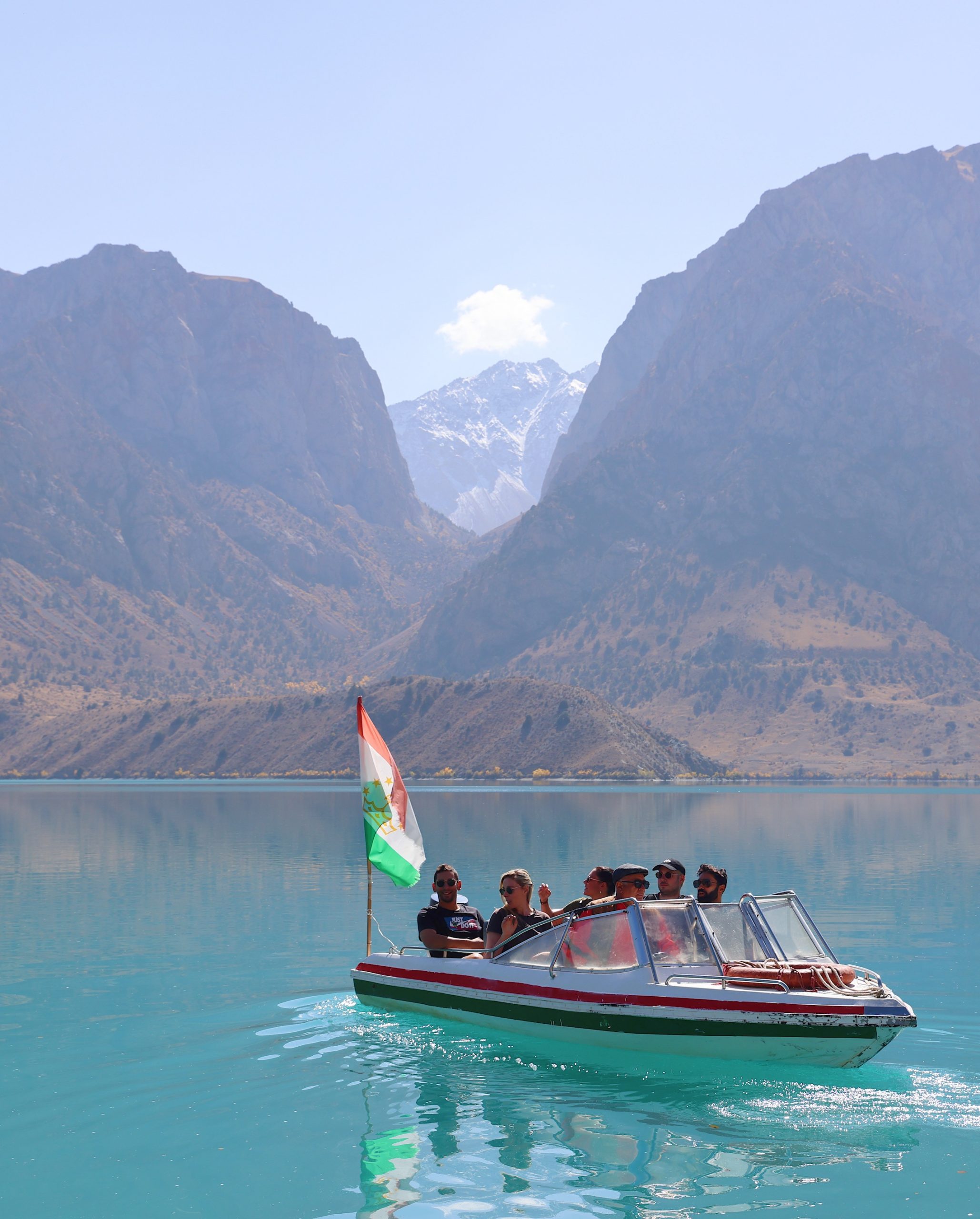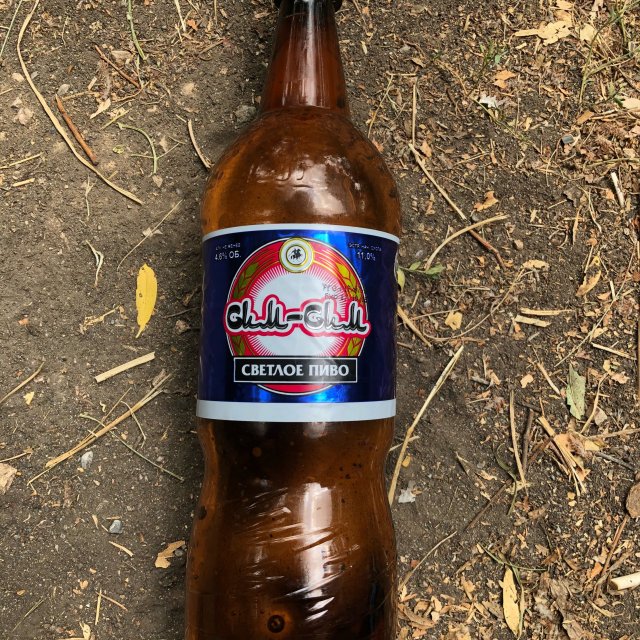When it comes to the Silk Road, many travelers envision ancient ruins, stunning mountain landscapes, and vibrant bazaars. But one of the lesser-known yet equally intriguing aspects of Central Asian culture is its alcohol scene.
Welcome to Tajikistan, where the high mountains meet high spirits and a traditional drink can offer a unique glimpse into the local way of life.
The Historical Context of Alcohol in Tajikistan
Tajikistan, a landlocked country in Central Asia, has a rich tapestry of history that includes influences from Persian, Soviet, and Islamic cultures. This diverse heritage has also shaped the country’s approach to alcohol. Historically, Tajikistan was part of the Persian Empire, where wine played a significant cultural and social role. The Soviet era further introduced a variety of alcoholic beverages and a broader drinking culture.

Despite being a predominantly Muslim country, where alcohol consumption is generally frowned upon, Tajikistan’s Soviet legacy and diverse ethnic composition have contributed to a more relaxed attitude towards alcohol compared to some of its neighbors. This unique blend of influences makes Tajikistan an interesting destination for those keen to explore its alcoholic traditions.
Traditional Drinks: The Heartbeat of Tajik Hospitality
One cannot discuss alcohol in Tajikistan without mentioning kumis and arak. Kumis, a slightly alcoholic drink made from fermented mare’s milk, is a staple among the nomadic peoples of Central Asia. Although less common in urban areas, it remains an essential part of Tajik rural life. It’s an acquired taste but one that offers a direct connection to the country’s nomadic past.
Arak, on the other hand, is a strong spirit distilled from grapes or other fruits. It is somewhat similar to vodka but with a distinct local twist. Arak is often homemade, adding to its charm and variability in taste and potency. Sharing a bottle of arak is a common practice during family gatherings and celebrations, embodying the Tajik spirit of hospitality and camaraderie.

The Soviet Legacy: Vodka and Beyond
The Soviet era left an indelible mark on Tajikistan’s alcohol consumption. Vodka, the quintessential Soviet drink, became deeply ingrained in the local culture. It remains the most popular spirit in Tajikistan today, often enjoyed during social events, business meetings, and even casual get-togethers.
Vodka in Tajikistan is typically consumed straight, accompanied by traditional toasts and hearty snacks like shashlik (skewered and grilled meat) and plov (a rice dish with meat and vegetables). The influence of the Soviet period is also evident in the variety of vodka available, from locally produced brands to imported Russian classics.
Contemporary Drinking Culture
Modern Tajikistan offers a fascinating juxtaposition of traditional and contemporary drinking habits. In the capital city, Dushanbe, and other major towns, you will find a burgeoning nightlife scene with bars, clubs, and restaurants serving a wide array of alcoholic beverages. Here, young Tajiks are increasingly embracing global drinking trends, enjoying cocktails, beer, and wine alongside traditional spirits.
Local beers like Sim-Sim and Rohi Somon have carved out a niche in the market, providing a refreshing option for both locals and tourists. Wine production, though not as prominent as in neighboring Uzbekistan, is also on the rise, with several wineries producing notable red and white wines.
Legal and Social Considerations
While Tajikistan’s drinking culture is relatively liberal compared to some other Muslim-majority countries, it’s essential to be aware of the legal and social nuances. The legal drinking age is 18, and alcohol is readily available in shops, restaurants, and bars, especially in urban areas. However, public drunkenness is frowned upon, and it’s crucial to drink responsibly and respect local customs.
During Ramadan, the holy month of fasting for Muslims, alcohol consumption becomes more restricted, and many establishments may not serve alcohol out of respect for religious observances. As a visitor, it’s prudent to be mindful of these periods and adjust your drinking habits accordingly.
To read about Vodka and Pepsi click here.
Experiencing Tajik Alcohol with Young Pioneer Tours
For those looking to dive deeper into Tajikistan’s alcohol scene, joining a tour with offers an immersive experience. Our tours provide an opportunity to explore local bars, partake in traditional feasts, and even visit local breweries and distilleries. Whether you’re sipping kumis in a mountain village or enjoying a vodka toast in Dushanbe, our expert guides ensure you experience the best of Tajik hospitality.
Conclusion
Alcohol in Tajikistan is more than just a drink, it’s a window into the country’s rich cultural tapestry and social dynamics. From traditional kumis to contemporary cocktails, the Tajik alcohol scene offers a unique blend of history, culture, and modernity. Whether you’re a seasoned traveler or a curious novice, Tajikistan’s drinking culture is sure to leave you with memorable experiences and perhaps a few new favorite beverages.
For more on the fascinating cultures and destinations we explore, check out our comprehensive Tajikistan tours on the Young Pioneer Tours link and let us start planning your next adventure.





